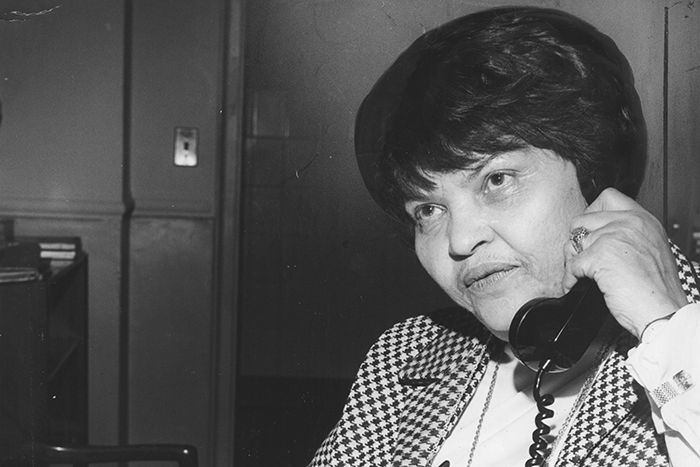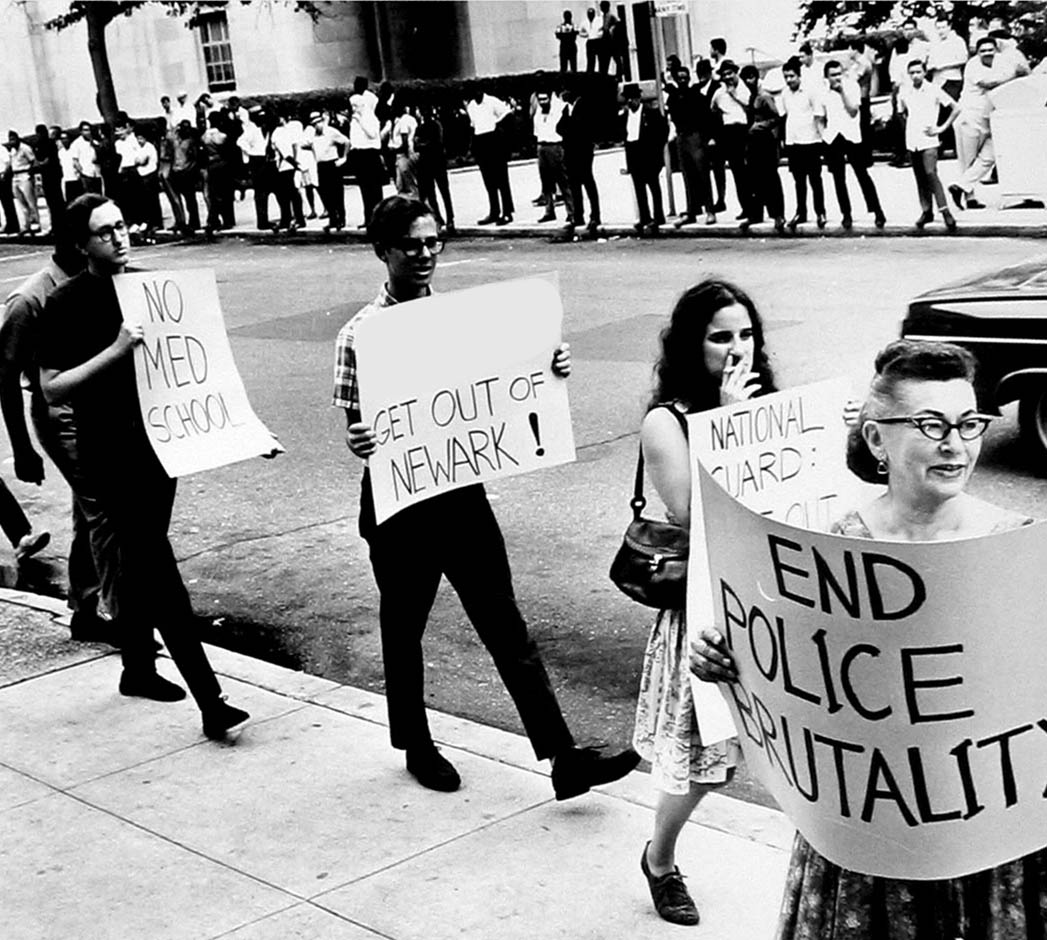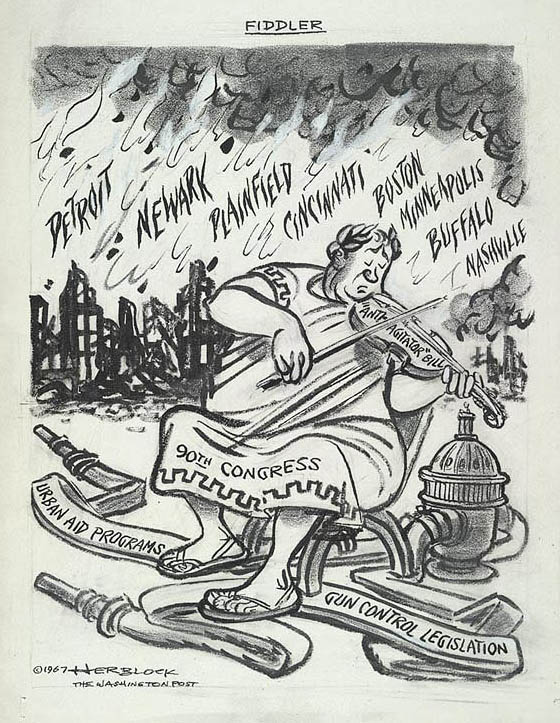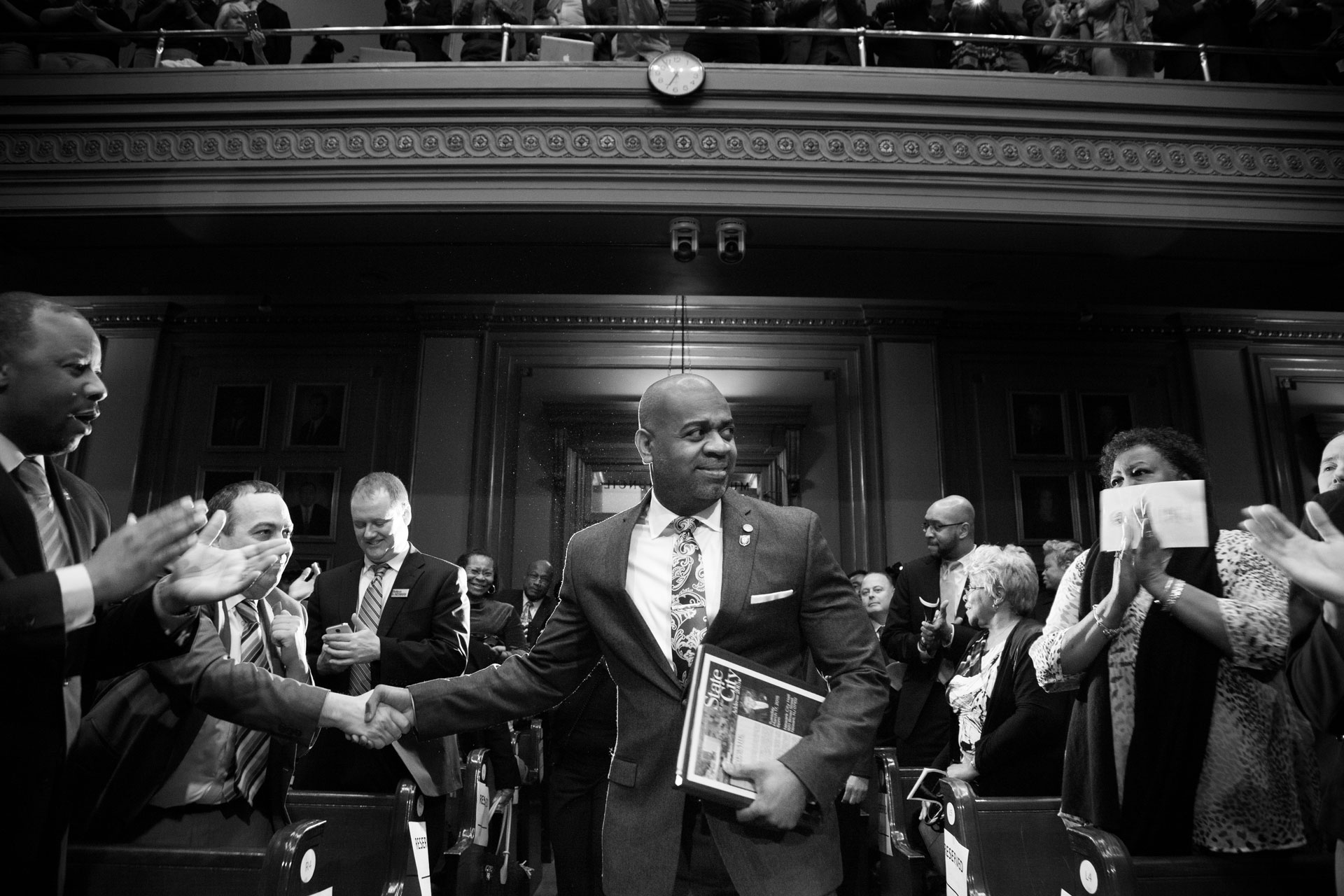UNIVERSITY HEIGHTS DISPLACEMENT MAPPING
This interactive map tracks the displacement of the residents of University Heights over two phases of emigration, 1955-1964, when "white flight" began from Newark to the suburbs, and 1964-1972, after African American residents' homes were seized by eminent domain. According to our data, 381 people moved out of the neighborhood during the two periods of displacement.
The next phase of research will be to use archival records and Sanborn maps to figure out what happened to the people who were displaced to create University Heights after they left the neighborhood. We hope to piece together the actual impact that being displaced had on the lives of the people forced to leave their neighborhood in the name of urban development.
If you know someone who lived in this area, or have any related information, please let us know.
Explore the interactive map.
Welcome to the University Heights Displacement Map.
This map was designed for a desktop browser. For a better experience, please return when not on a mobile or tablet device.




